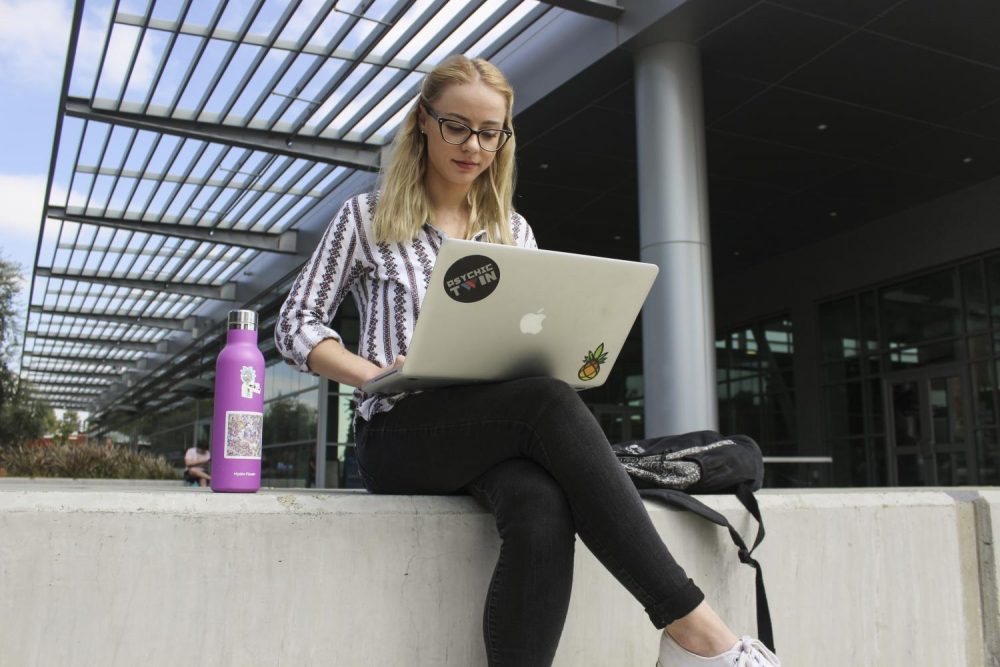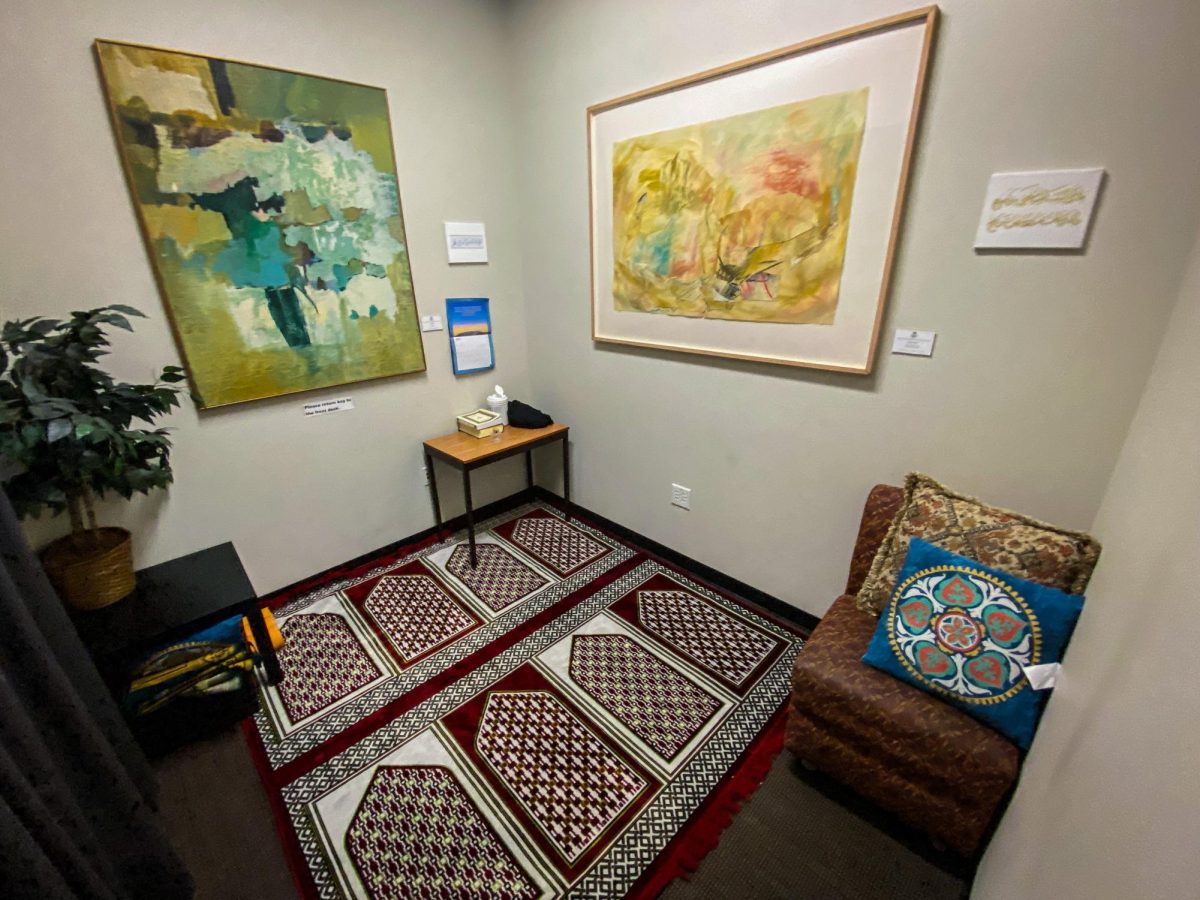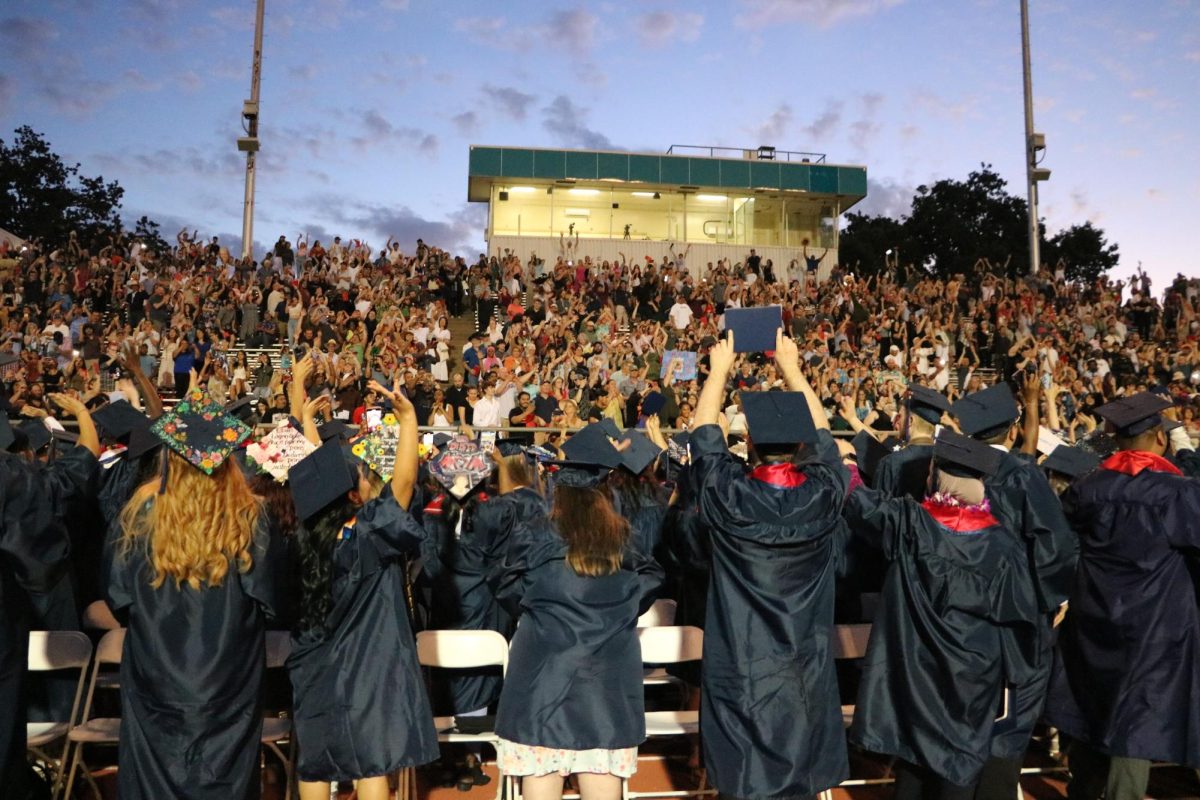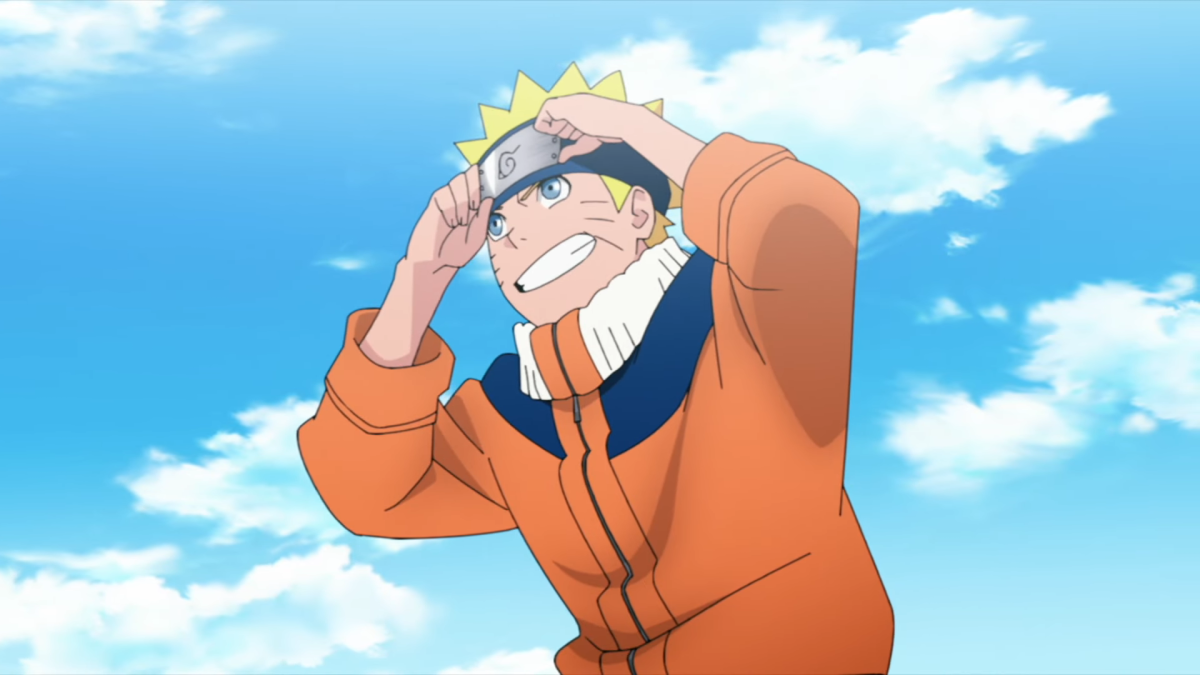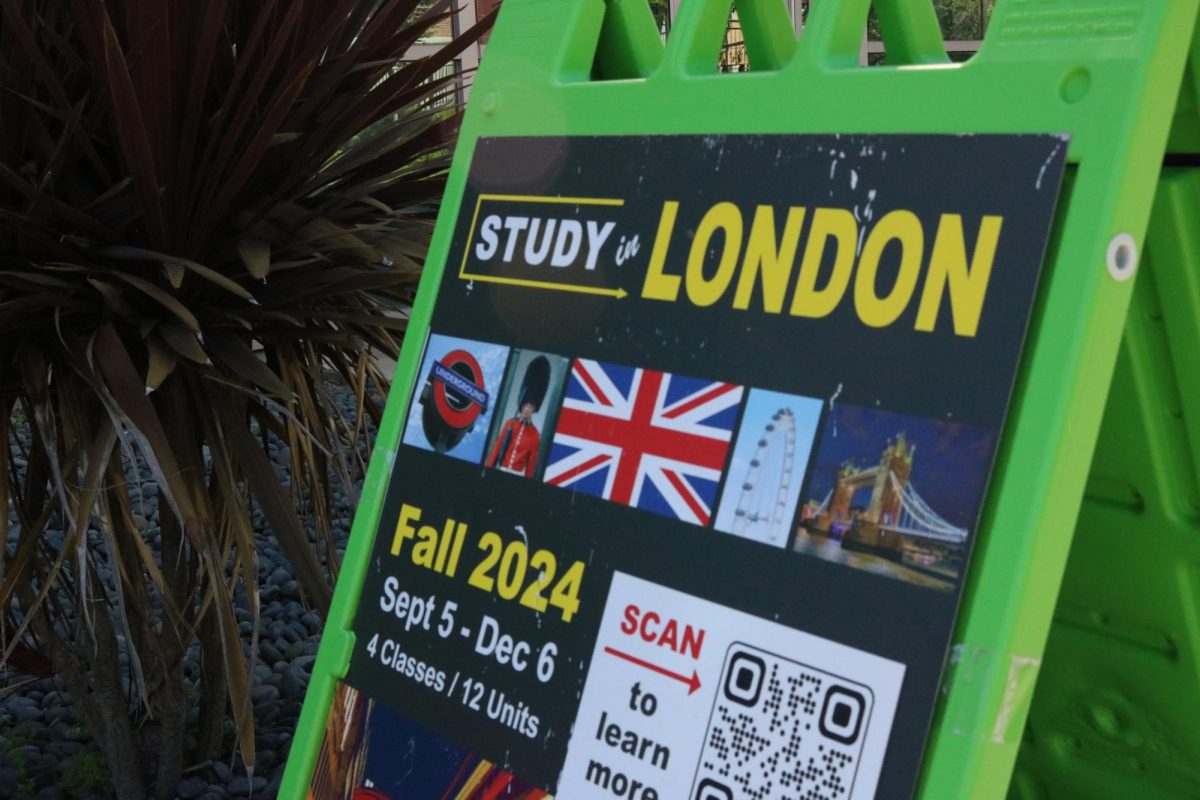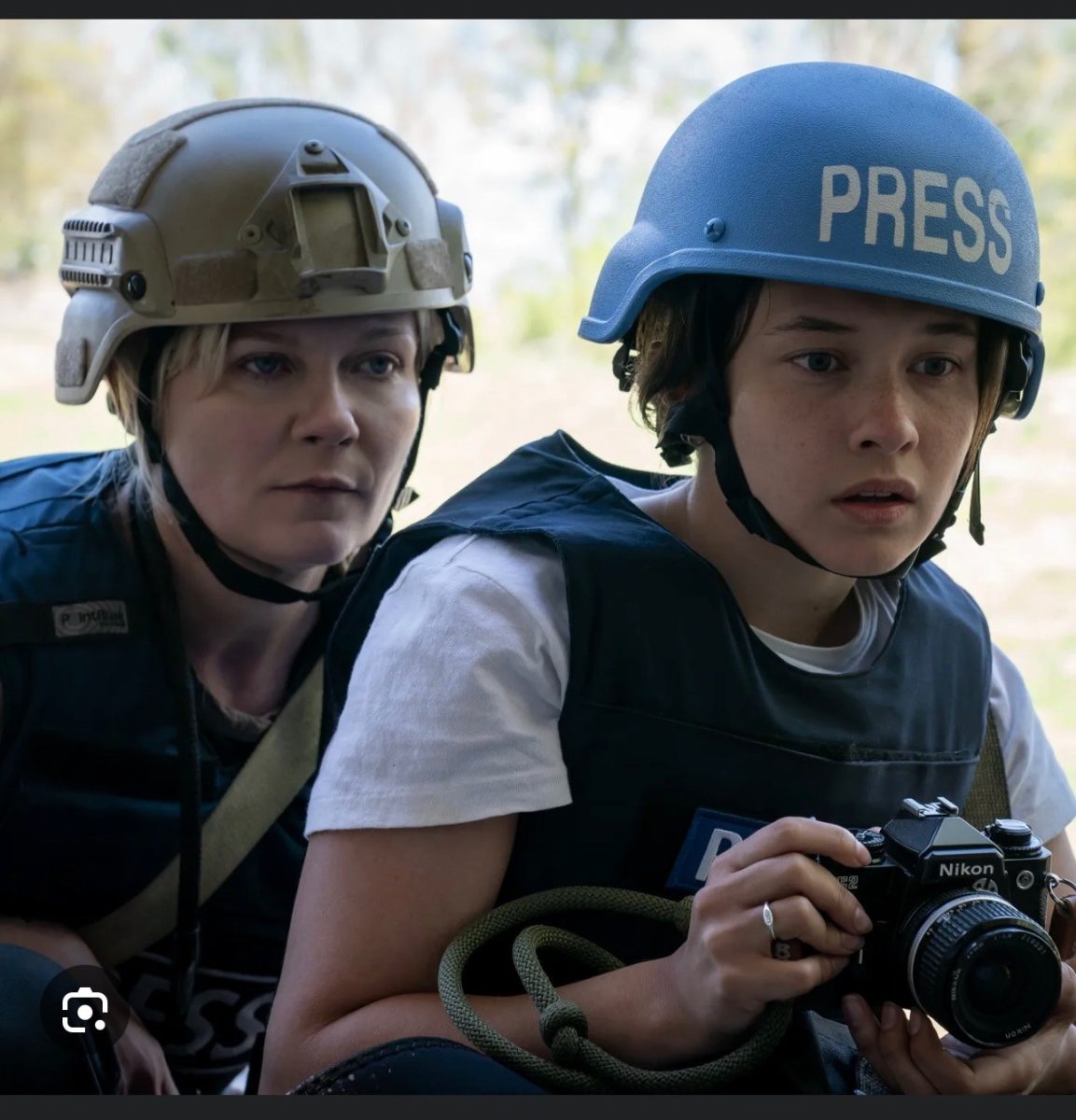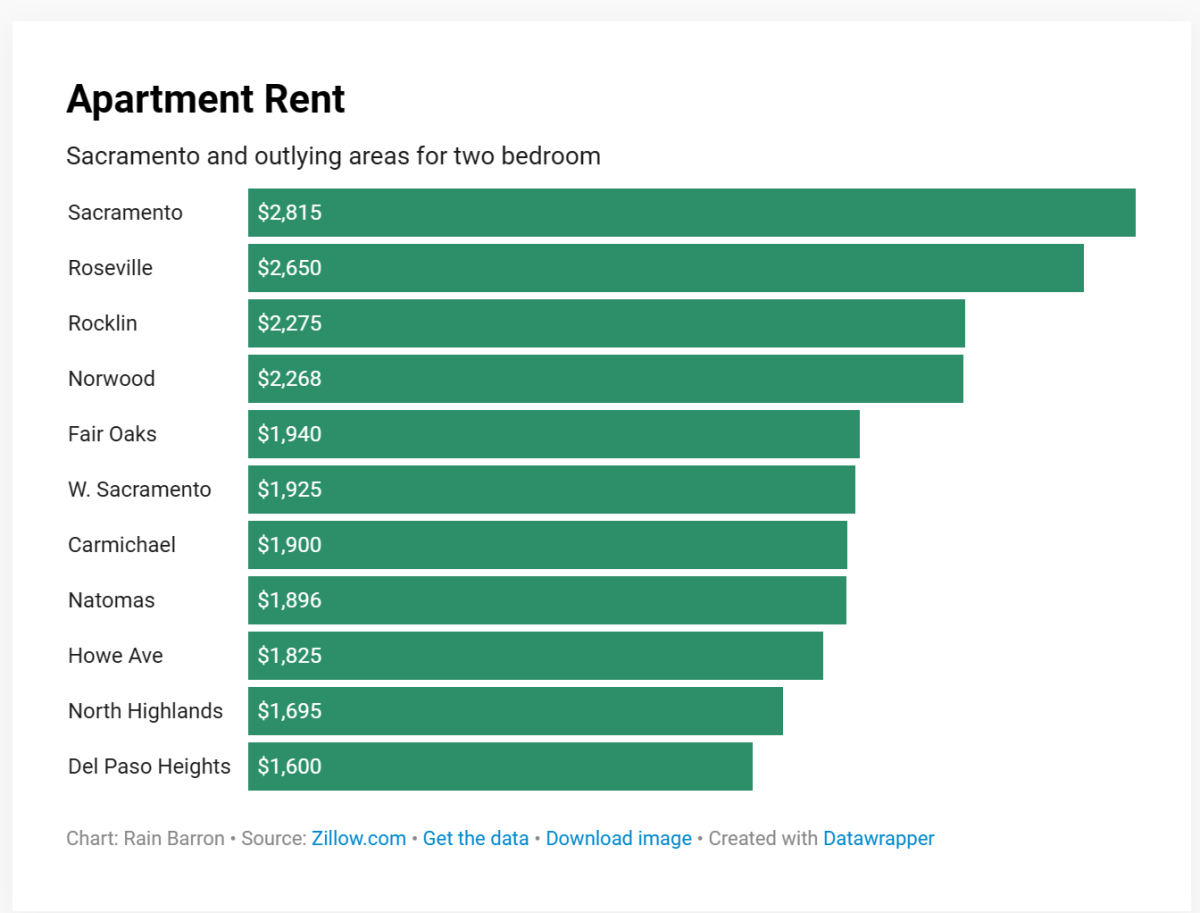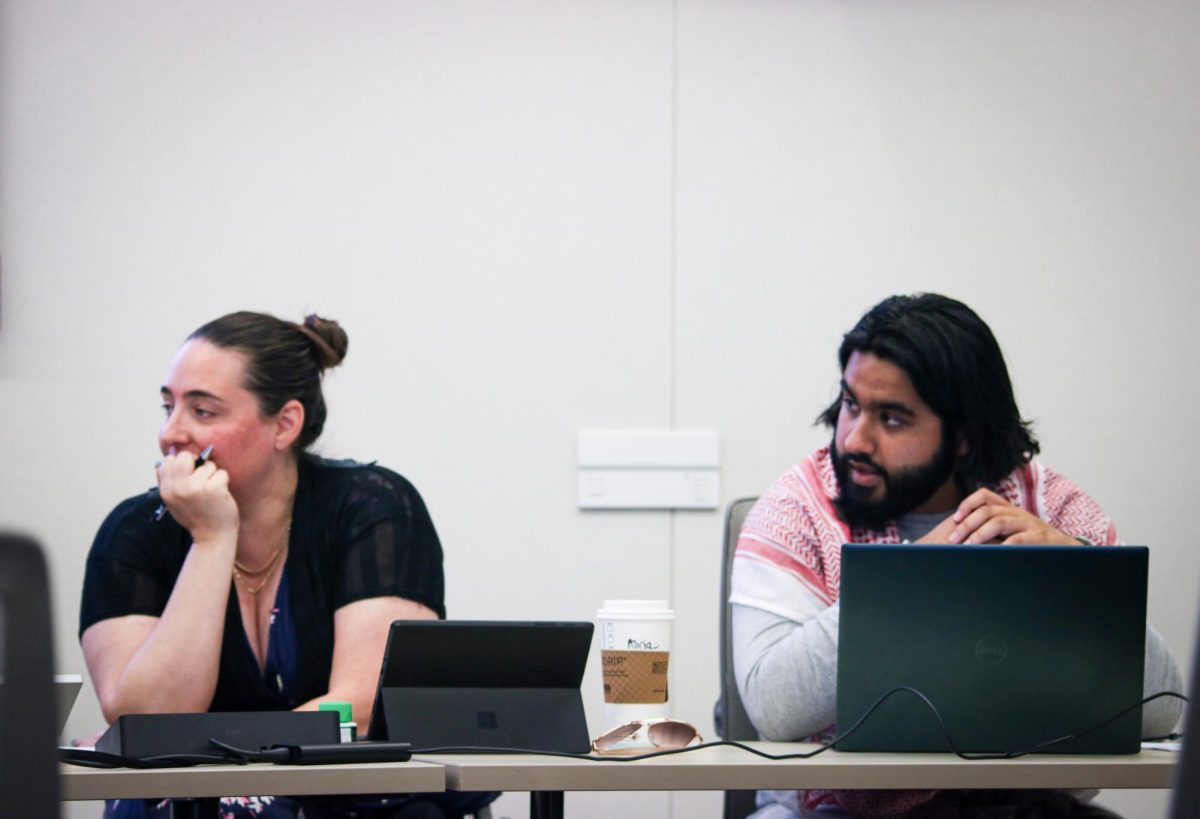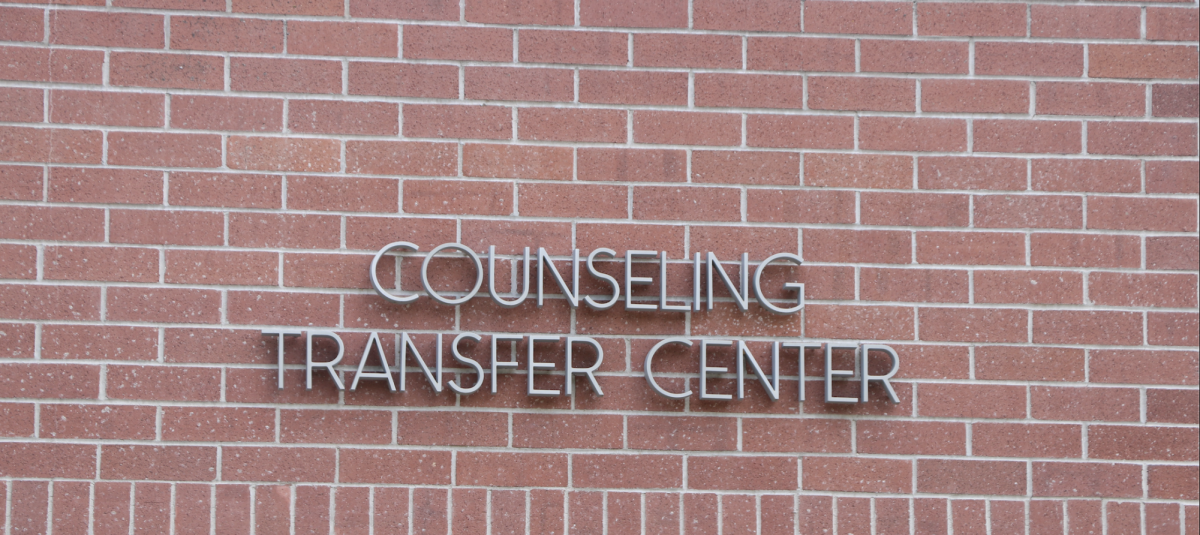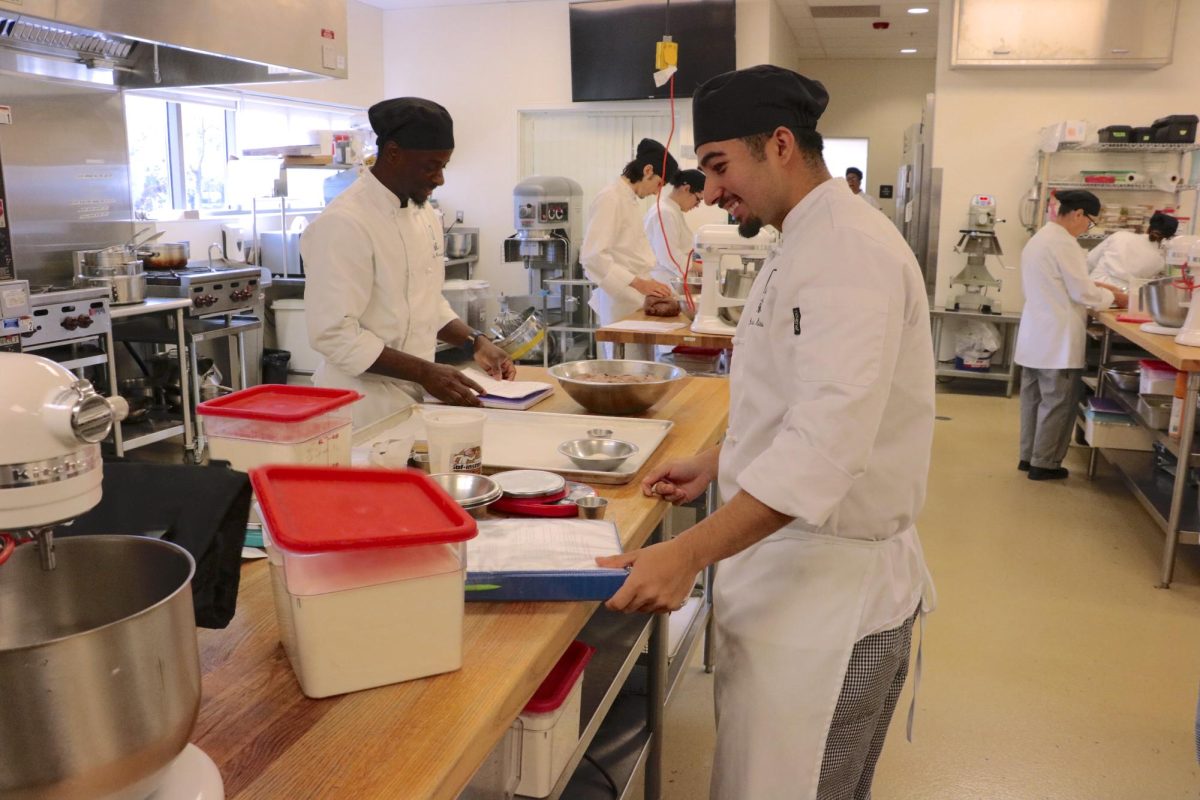Studying is a vital part of every student’s life, and most students spend more time on it than they’d probably like. Some have studying figured out, and some have tried time and time again to find a way that works for them, but they still don’t know which method might benefit them the most.
Tonya Kondershevich is a speech language pathology major at American River College.
“Studying is a part of learning,” Kondershevich said. ”If you don’t study you don’t learn.”
Everybody is different, which means there is not only one correct way to study, and what works for one student may not help the next individual.
For example, only reading through a book or notes isn’t effective for some students, which is the case for computer science major Robert Pachinger.
“Reading through things a lot of the time gets too boring and tedious for me,”says Pachinger. “So I have to find ways to make it more entertaining.”
However on the other side of the spectrum as far preference goes, students like Julia Ackerman, a environmental studies major, says she uses reading as a primary tool to absorb information
“I like to take notes as I read, sometimes I’ll make flashcards,” says Ackerman. “I rely heavily on reading.”
Part of figuring out what works for students comes through trial and error.
“For me, listening to music while I’m studying doesn’t work, I definitely tried that. Cramming right beforehand doesn’t work,” says Dronme Davis, a sociology and African history major.
However what does work for Davis is going about her day with different sources of information coming from the background.
“I’m constantly having TED Talks, and speeches and things related to what I’m learning about and discussing playing in the background, if I’m getting ready or painting or whatever,” says Davis says.
Reading, flash cards, highlighting notes, hearing the information; these are just some of the ways for different students to retain information whether they’re audio, aural, physical, or verbal learners.
While there are a vast number of ways to go about studying, but an important, an article published by the Learning Center at UNC suggests active studying, which can range from creating concept maps or creating examples from personal experiences, to saying the information out loud.
It also touches on the idea that the silence of the library can be just as distracting than the noise of the gymnasium for some students. This goes hand in hand with active studying because active studying is not usually a silent task.
It suggests that studying in silence may not work for some individuals, and that it is important to find a place where a student feels the most comfortable and are able to concentrate the most.
Studying also must be effective in order to work, and effective studying can sound like a broad and unclear phase.
So what does effective studying really look like?
The answer to that question can be found in a journal article called “Beyond Hitting the Books,” on the National Science Teachers Association website in which the characteristics of effective studying are described as the student being actively engaged with the material being reviewed, the student’s attention being sustained and the student self-assessing often.
Robert Pachinger has made this a reliable way of studying.
“It depends [on the situation], but a lot of the time I like to go back through my notes and highlight things, and find questions to ask myself about the things that are on the notes and think of answers to them,” says Pachinger.
Being actively engaged includes activities like discussing, writing or drawing the content that the student needs to learn. However this can’t be done without making connections between concepts and ideas throughout the material.
The article on the National Science Teachers Association website also describes sustained attention as: “Game elements, pictures, and studying with a partner to help increase the liveliness of the studying process.” This sort of approach to studying is supposed to make studying more enjoyable.
That same idea of studying with a partner is a method that Ackerman finds effective for her in her environmental studies courses.
“One on one studying with just one other person usually works out pretty well because I feel like if I teach the material to someone else that helps a lot,” says Ackerman.
Lastly, frequent self-assessing can be thought of as recalling information from memory, and doing so repeatedly. Feedback about what has been mastered and what needs more focus helps students better understand what exactly they need to focus on so they make the most of their time studying.
Time is another difficult aspect of studying because a lot of students have their plates full with multiple courses, work, athletics and personal lives.
Some professors understand this, and there are options centered around the notion that students simply don’t have a lot of time to spare.
“You can spend far less time studying and be much more productive simply by studying as soon as possible to when you’re introduced to the material,” says Daniel Stewart, a chemistry professor at ARC.
Stewart says he was able to discover this method that involves the forgetting curve during his time as a student when he would often meet with his professor after his trigonometry class. Stewart also found research that supported and measured this method.
According to Stewart, this idea of studying right after the material is called the forgetting curve. This concept explains how people forget information as time goes on, he explained.
“Let’s say you go to class, you’re going to learn the material and you’re going to walk out of that class, let’s call that: time zero,” explains Stewart. “You gotta study as close to that time zero as possible, because if you wait 24 hours to study you’re going to forget about 30 percent of that information just from waiting, if you wait till the weekend to study, you’ve lost about 80 percent of that information.”
Stewart suggests breaking up the material into smaller sizes and reviewing it as many times as possible until test day. Cramming is also common amongst many students, and though Stewart can relate, he believes that’s definitely not the way to for students to about studying.
“That’s the thing I did as a student. Students feel that they have to do it, but cramming is probably the worst way to study,” he says.
“It’s better than nothing, which is why we do it but it’s better to break it up into manageable chunks and study it from as soon as you can when you leave [class], and as many times until you’re going to be tested on it,” says Stewart. “Lots of little time tends to work out better than one big time.”
How to study successfully may be a question that some students have yet to ask themselves, or it’s a question that they have yet to find an answer to, but there are many different methods and tips out there that can hopefully help students make the most of their study time and see positive results.


